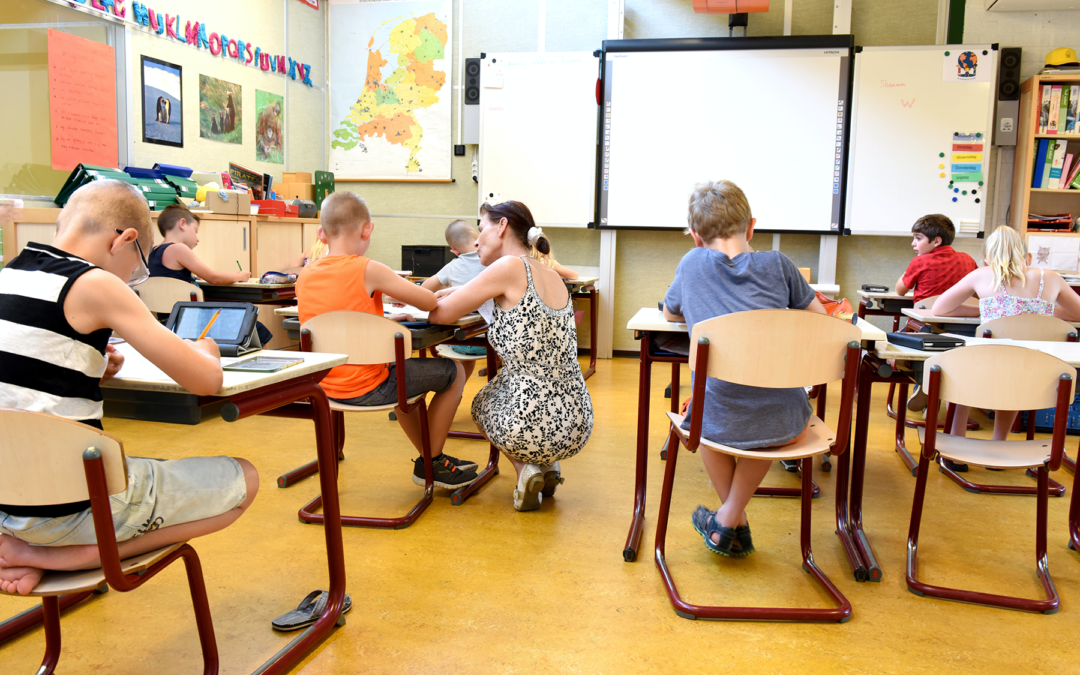What is an IEP (Individualized Education Plan)?
If your child has been struggling in school due to a behavioral, emotional, or learning challenge, you have likely considered seeking an IEP.
An IEP is an Individualized Education Plan for children between ages 3 and 21 that guarantees services and the proper support necessary for your child to have the best chance at success in school. This means your child will be evaluated using a variety of measures to determine their needs in the classroom, and will result in a document that presents the services and support they will now receive.
If you believe your child would benefit from special education services and an individualized education program, the first step is to prove their eligibility.
The Process for IEP Eligibility
To determine eligibility, your child will first be referred to your local Committee on Special Education. The referral is typically made by you, your child’s teacher, or an individual who is working with your child. Whoever does refer the child will submit a written request to the school. From that point forward, the school’s child study team has 60 days to conduct and complete the evaluation.
The child study team will include your child’s general education teacher, a special education teacher, a school psychologist, any other school professionals relevant to your child’s education, and you. Sometimes the team also includes an occupational, speech, or physical therapist.
The goal of this team is to determine if your child has a disability and if they require special education services for their needs to be met. They will conduct observations, look at completed classwork, and administer evaluations they have concluded will give them the necessary information.
If needs are identified through this process, the student qualifies for an IEP.
What the IEP Document Includes
The IEP will contain three primary sections. The first of these is documenting your child’s current educational performance. This will show what the evaluations determined, including your child’s greatest strengths and weak areas. It will also include observations made by your child’s teacher.
This report will not only focus on academics, but also behavioral, speech, physical, or social needs. That way, the document gives a well-rounded view of the student and helps determine the best course of action.
Another key section of an IEP is where your child’s goals are stated. These are measurable goals related to those determined needs. This section will include in what way the goals will be measured, and how the progress will be monitored.
A third component of an IEP is the section that lists accommodations and instructional modifications made in the classroom and in the school to help make your child successful. For example, an accommodation might be extended time on assessments, breaks in the lesson, or the use of sensory tools. This section will also document any additional services being provided, such as occupational therapy.
After the IEP Is Signed
For the IEP to be activated, you need to sign the document. By signing your child’s IEP, you are giving permission for the school to start the accommodations and services listed.
Typically, the IEP is reviewed once each year. If the student is making fast progress and meeting goals quickly, or the document does not seem to meet your child’s needs, you can schedule a meeting to make revisions.
Beginning the process of obtaining an IEP for your child can be overwhelming. However, the more informed you are about what to expect, the more satisfied you will be with the results.
Resources:
https://www.greatschools.org/gk/articles/what-is-an-iep/
https://kidshealth.org/en/parents/iep.html
https://www.wnyc.org/schoolbook/guides/guide-your-special-education-child/
https://www.health.ny.gov/publications/0548/special_education_services.htm



